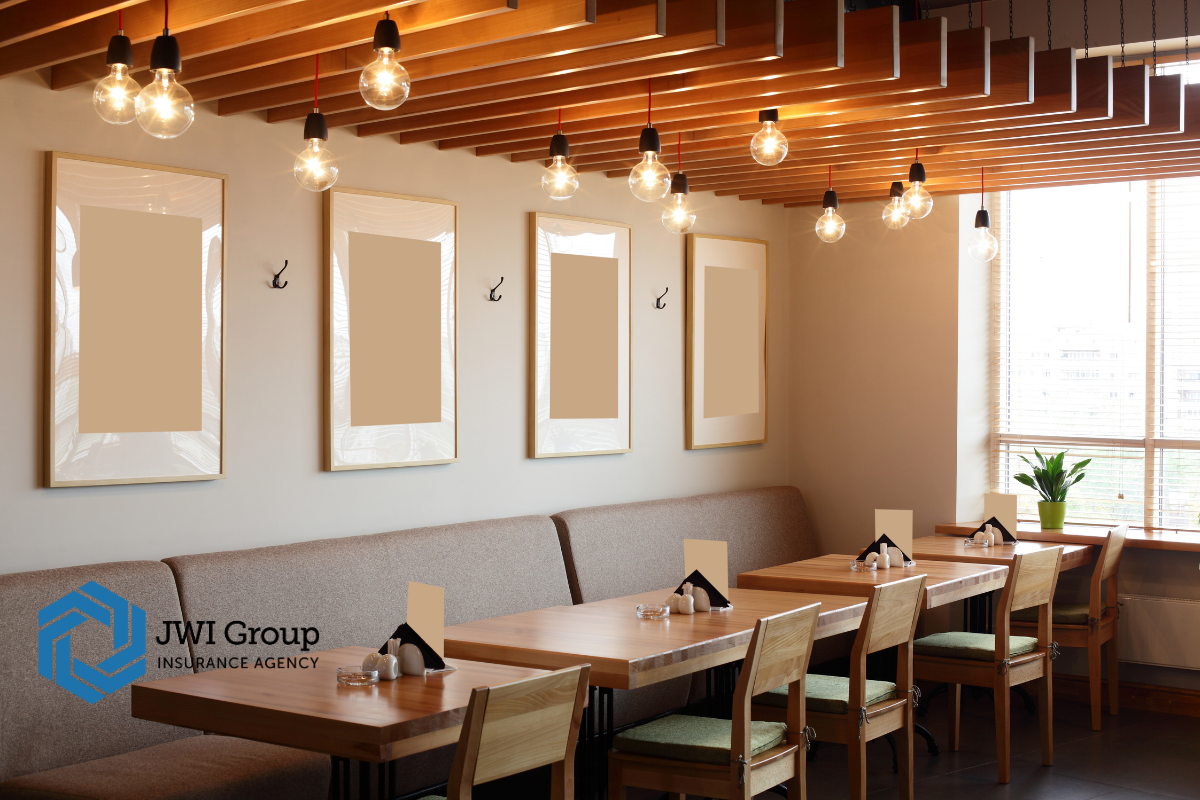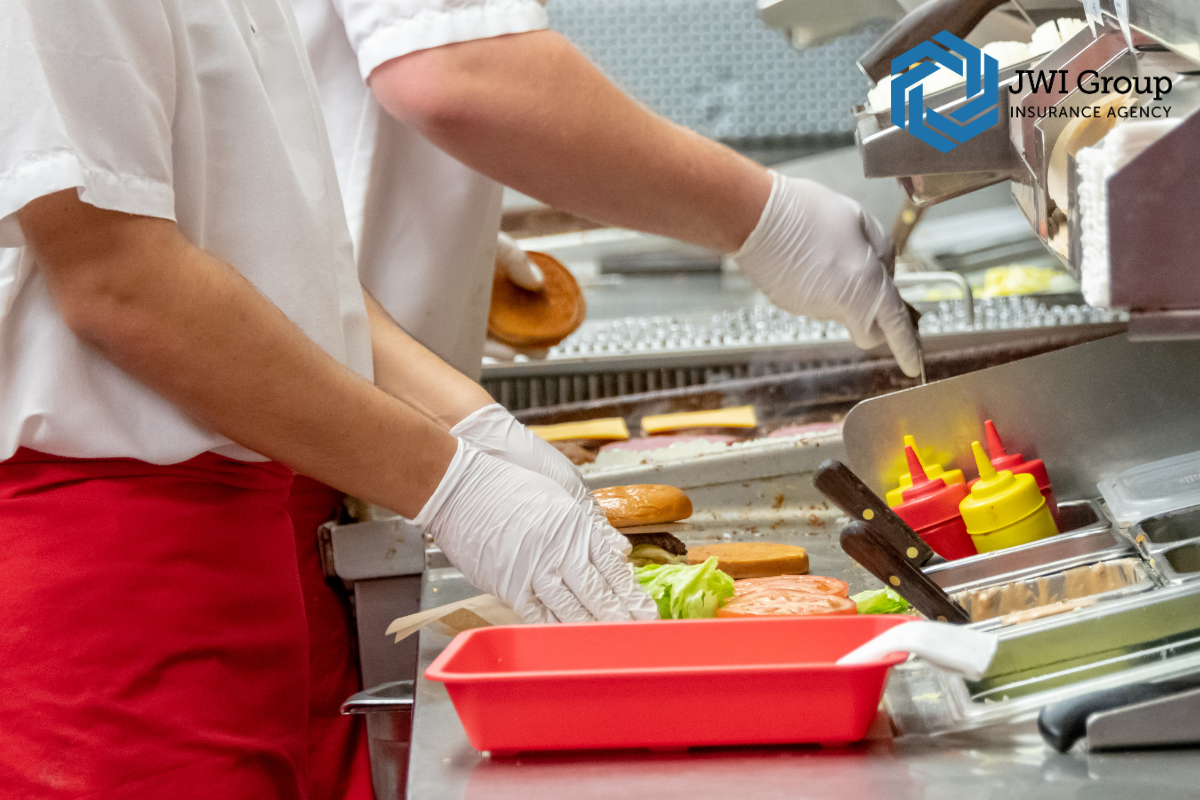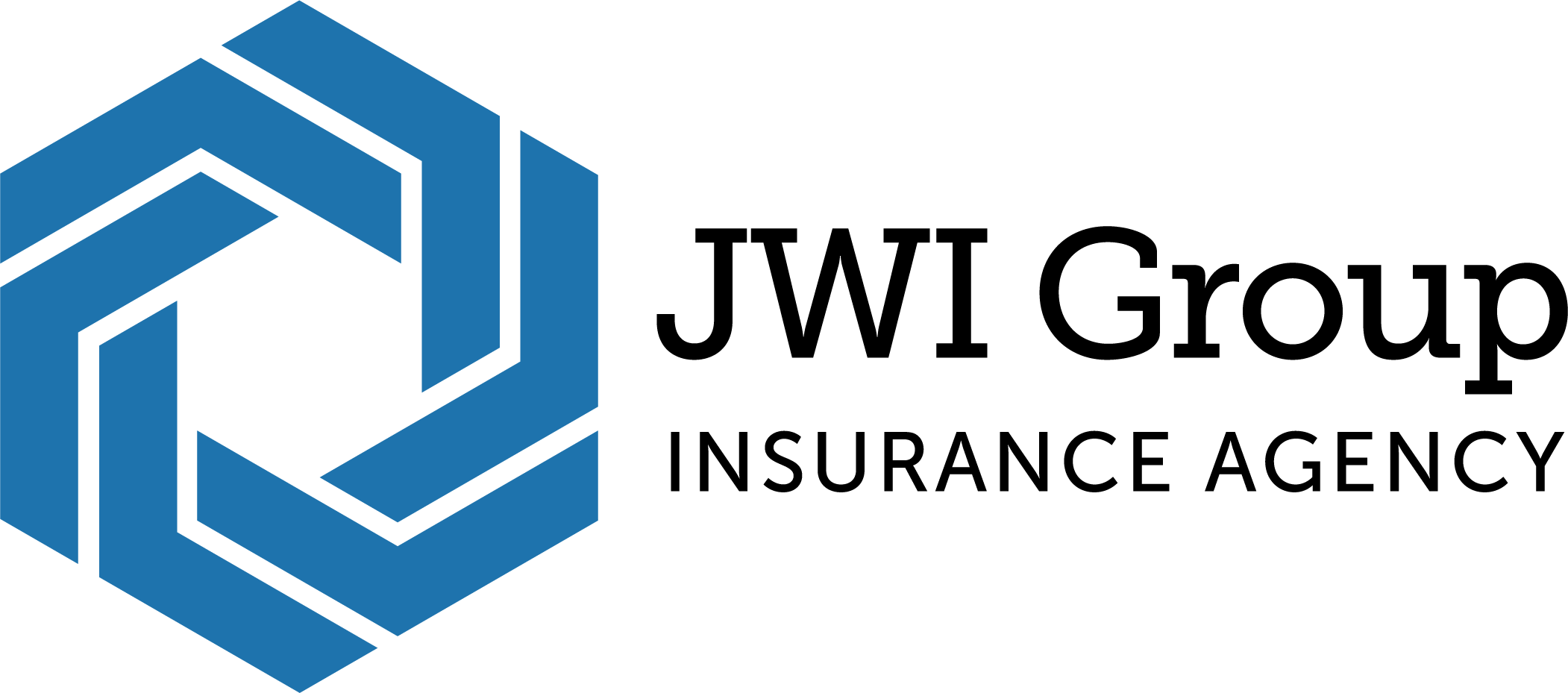Introduction to Restaurant Insurance Savings
Running a restaurant is more than serving great food—it’s about managing overhead, ensuring compliance, and protecting your business from risks that can quickly escalate into financial losses. One of the largest recurring expenses restaurant owners face is insurance. While insurance is essential, many operators wonder: How can I lower costs without sacrificing protection?

The good news: with careful planning, risk management, and smart policy adjustments, you can keep your premiums manageable while maintaining the coverage you truly need. This guide outlines practical, proven strategies to reduce insurance costs while keeping your restaurant properly protected.
What Is Restaurant Insurance?
Brief Overview
Restaurant insurance is a package of policies that typically includes General Liability, Property, Liquor Liability (if applicable), Workers’ Compensation, Commercial Auto (for delivery operations), and specialized coverage like Spoilage or Equipment Breakdown.
Importance of Restaurant Insurance in 2025
In 2025, carriers are scrutinizing hospitality risks more closely due to inflation, rising claim payouts, and increased litigation. Restaurants that demonstrate strong risk management practices are in a better position to negotiate lower premiums and favorable policy terms.
Why Insurance Cost Control Matters for Restaurants
Benefits of Managing Insurance Costs
- Protects profitability: Reducing insurance costs helps stabilize margins in an industry with historically tight profits.
- Prepares for growth: Lower expenses free up cash flow for reinvestment—whether in staff training, marketing, or renovations.
- Builds carrier confidence: A well-managed risk profile makes insurers more likely to extend competitive quotes at renewal.

Impact on Industry Trends
Restaurants are navigating rising labor costs, supply chain challenges, and shifting consumer expectations. Insurance costs that climb unchecked can squeeze margins even further. Adopting proactive steps today helps restaurants weather both operational and financial storms.
Key Components of Reducing Restaurant Insurance Costs
1. Conduct Regular Policy Reviews
- Schedule annual reviews with your broker to identify duplicate or outdated coverages.
- Ask whether you qualify for package policies that combine General Liability, Property, and Business Income into one Business Owner’s Policy (BOP) at a lower rate.
2. Implement Risk Management Practices
Carriers reward restaurants that minimize claims. Steps include:
- Fire safety: Install and maintain UL-300 compliant fire suppression systems. Require professional hood and duct cleaning at least quarterly.
- Slip-and-fall prevention: Use non-slip mats, train staff to address spills immediately, and document cleaning procedures.
- Liquor liability control: If alcohol is served, implement ID-check training, document refusals, and consider a certified server program.
3. Invest in Employee Training

Workers’ compensation claims are among the most expensive for restaurants. Reducing incidents through staff training directly impacts premiums:
- Provide training on knife handling, lifting techniques, and safe food preparation.
- Establish a safety committee to regularly review near-miss incidents.
4. Maintain Accurate Payroll and Sales Records
Premiums are often tied to revenue or payroll. Overreporting leads to unnecessary overcharges, while underreporting may trigger audits and retroactive bills. Keep records accurate and up to date.
5. Improve Property Maintenance
Insurers consider the condition of your property a direct indicator of risk. Practical improvements include:
- Repair cracked tiles or uneven flooring.
- Update electrical wiring and replace outdated equipment.
- Install security systems and video surveillance to deter theft and vandalism.
6. Consider Higher Deductibles—Carefully
A higher deductible can reduce your premium. This works best when your restaurant has sufficient cash reserves to handle small losses without financial strain.
7. Bundle Policies with a Single Carrier
Bundling multiple policies—such as General Liability, Property, and Commercial Auto—often results in discounts. It also simplifies administration with one renewal date and one billing cycle.
8. Leverage Group Safety Programs
Some associations and chambers of commerce offer group insurance programs or safety initiatives that help members secure reduced rates. Explore whether your local restaurant association participates.
9. Invest in Technology
Technology reduces risk and appeals to underwriters:
- Surveillance cameras help defend against fraudulent liability claims.
- Temperature monitoring systems protect against food spoilage losses.
- POS integration with delivery apps improves documentation in case of disputes.
Real-Life Example
A family-owned Italian restaurant in Westchester saw its premiums rise 15% after a slip-and-fall claim. By investing in new non-slip flooring, retraining staff, and documenting cleaning logs, they demonstrated improved safety measures to their carrier. At renewal, the insurer not only stopped the rate increase but applied a 10% safety credit—saving the business over $3,000 annually.
Frequently Asked Questions (FAQ)
Q1: Can I drop certain coverages to save money?
You should avoid dropping essential coverages. For example, liquor liability, spoilage, and business income insurance may not be legally required, but excluding them leaves your business financially vulnerable. Focus on reducing risk and restructuring deductibles instead of removing coverage entirely.
Q2: How does my restaurant’s claims history affect premiums?
Frequent claims signal poor risk management to insurers. Even small, repeated claims can raise rates. Consider paying out-of-pocket for minor incidents when financially feasible, while using preventative measures to minimize claim frequency.
Q3: Will joining a franchise system lower my premiums?
Franchise operations often benefit from standardized risk management programs, which can reduce insurance costs. Independent operators can replicate this by adopting consistent safety protocols.
Q4: Is cyber insurance necessary for a restaurant?
Yes. With credit card processing, online ordering, and delivery platforms, restaurants are prime targets for data breaches. Cyber insurance protects against the financial fallout of stolen customer data and regulatory fines.
Q5: How can I prepare for my renewal to avoid surprises?
Start working with your broker at least 90 days before renewal. Provide updated payroll, sales, and safety records to support your case for lower premiums.
Final Thoughts
Insurance should never be about cutting corners—it’s about protecting your livelihood while managing costs responsibly. By focusing on risk management, accurate recordkeeping, staff training, and proactive maintenance, restaurants can reduce premiums without sacrificing the protection they need.
At JWI Group, we specialize in helping restaurants in Westchester and the greater NY/NJ/CT area strike that balance. Our team works with multiple carriers to ensure your coverage is both comprehensive and cost-effective.
Coverage is just the start. Peace of mind is what we deliver. Let’s talk about how we can help your restaurant manage risk and save on insurance costs today.
